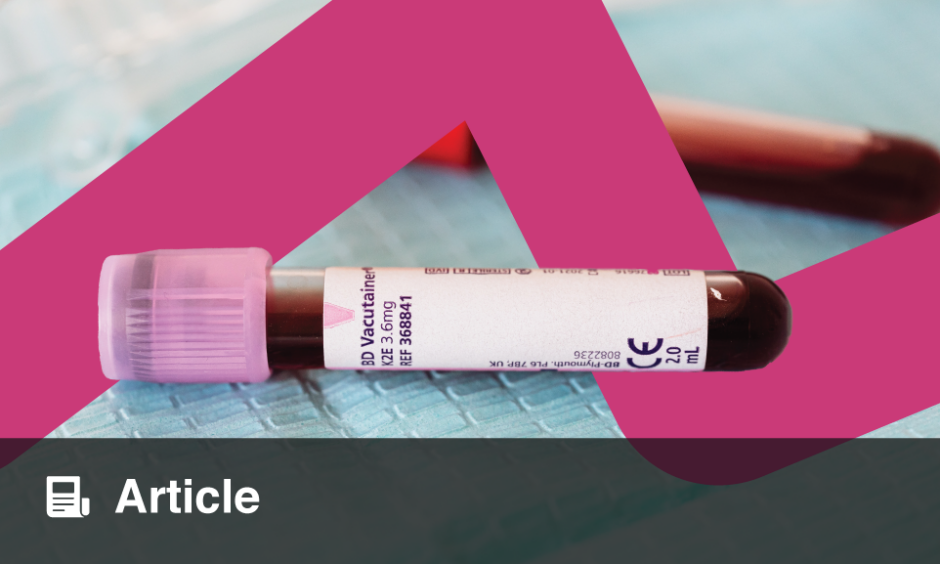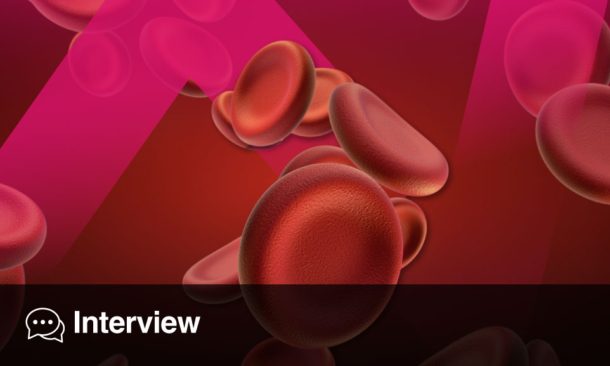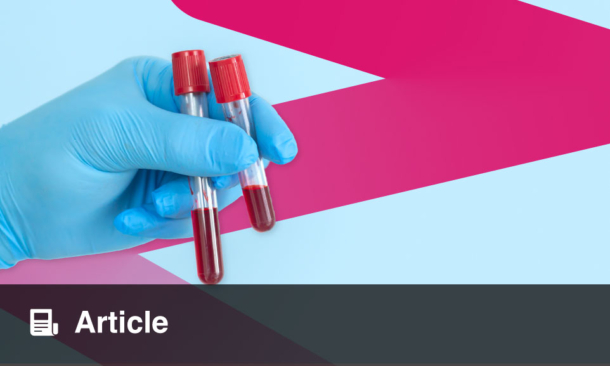INHERITED iron metabolism defects are potentially underdiagnosed in areas where iron deficiency is endemic due to a lack of awareness and systematic screening. A recent study evaluated anaemia cases between 2019 and 2021 in the Indian subcontinent to examine the prevalence of missing or underdiagnosed inherited iron metabolism defects and spread awareness among clinicians about structured laboratory and genomic testing.
Researchers systematically assessed 290 anaemia cases using clinical phenotype and anaemia screening tests (including high-performance liquid chromatography, α gene sequencing, erythrocyte sedimentation rate, C-reactive protein, and tissue transglutaminase). To assess abnormal iron profiles, the research team employed targeted next-generation sequencing with a 26-gene panel, supplemented by whole-exome sequencing, multiplex ligation probe amplification/mitochondrial DNA sequencing, and chromosomal microarray.
Of 290 cases, 14% were suspected of having sideroblastic or nonsideroblastic iron defects. The comprehensive genomic testing uncovered pathogenic variants in 56% of cases. Congenital sideroblastic anaemia emerged as the most common diagnosis, identified in 61% of cases. Overall, an inherited iron defect was detected in 41% of cases. Pathogenic variations were found in several genes, including ALAS2, SLC25A38 and HSPA9. For example, a novel mutation in the SLC25A38 gene was found in unrelated patients from northern India. The researchers also identified nonsideroblastic iron defects in the group of participants, including STEAP3-related microcytic anaemia (8.7%) and hypotransferrenemia (4.3%). Additionally, non-iron metabolism gene defects were revealed in 27% of cases using whole-exome sequencing.
Co-lead investigator Amita Trehan stated, “This research is particularly important at this time to help reduce the burden of rare inherited defects in our country, devise strategies to identify the target at-risk population for screening and provide options for novel therapeutics or timely stem cell transplant.”
It was also determined that the presentation of many iron metabolism gene defects occurred later in childhood or adulthood, with a significant association between frameshift/nonsense/splice variants and a younger presentation age (0.8 months versus 9 years; P < 0.01) compared to missense variants. This finding further highlights the necessity for early, active screening of inherited iron defects and increased awareness among clinicians.
The results of this study furthered our understanding of the genetic heterogeneity of anaemia and highlighted the importance of thorough genetic testing to devise strategies for screening at-risk populations.
Reference
Sharma P et al. Comprehensive Genomic Analysis Identifies a Diverse Landscape of Sideroblastic and Nonsideroblastic Iron-Related Anemias with Novel and Pathogenic Variants in an Iron-Deficient Endemic Setting. J Mol Diagn. 2024;26(5):430-444.







